Class 4 Exam > Class 4 Notes > English Olympiad Class 4 > Gender and Number (Feminine/Masculine and Singular/Plural)
Gender and Number (Feminine/Masculine and Singular/Plural) | English Olympiad Class 4 PDF Download
| Table of contents |

|
| Feminine |

|
| Masculine |

|
| Let's practice! |

|
| One |

|
| Many |

|
Feminine
- Meaning: When we say something is feminine, it means it's related to girls or women.
- Examples: "Girl" is feminine, "mom" is feminine, and "queen" is feminine.
Masculine
- Meaning: On the other hand, when we say something is masculine, it means it's related to boys or men.
- Examples: "Boy" is masculine, "dad" is masculine, and "king" is masculine.
How to Identify?
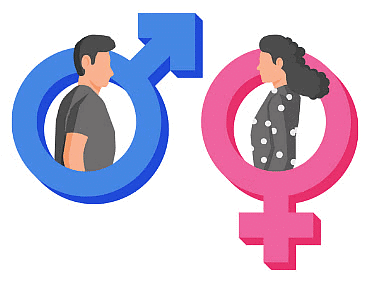
- Look at People or Things: You can often tell if something is feminine or masculine by looking at people or things.
- Remember the Words: The more words you learn, the easier it becomes to know if they are feminine or masculine.
Let's practice!
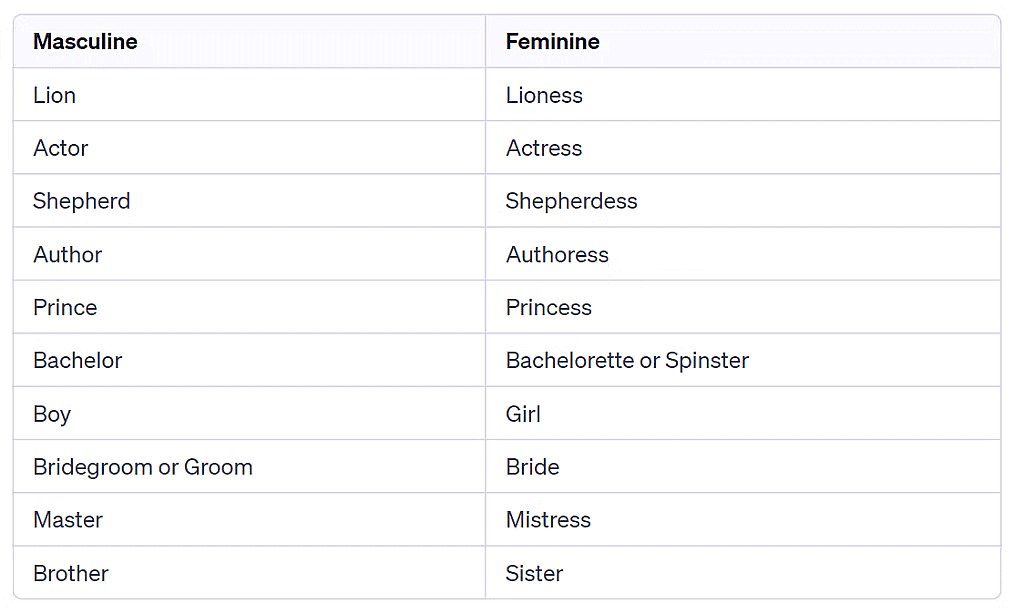
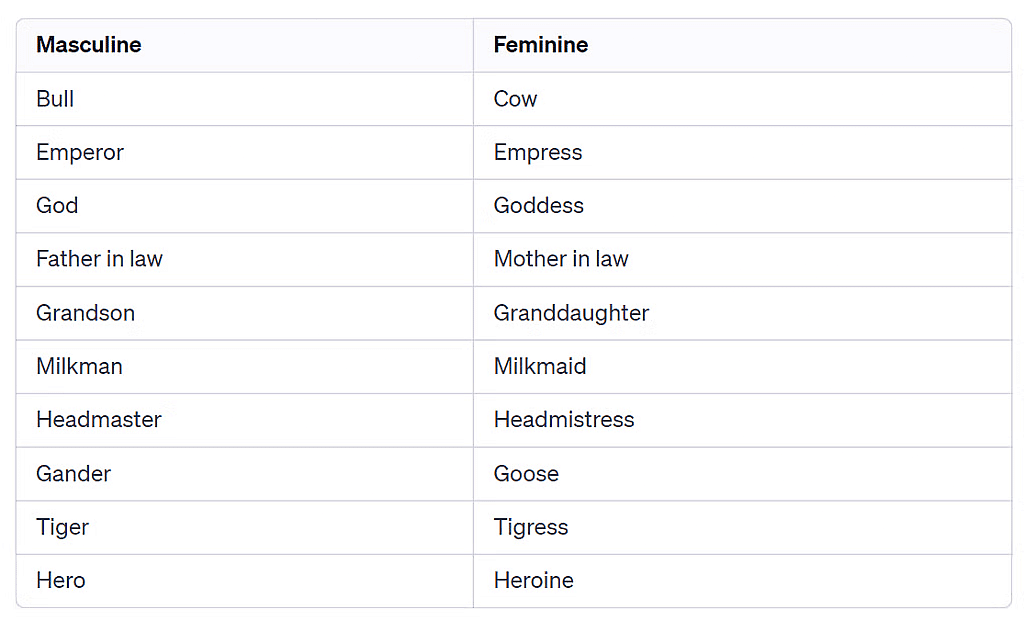
Is "princess" feminine or masculine?
Ans: Feminine
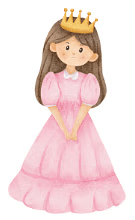 What about "king"?
What about "king"?
Ans: Masculine
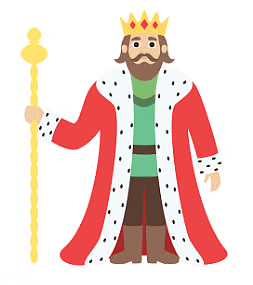 Why is it Important?
Why is it Important?
Understanding feminine and masculine helps us communicate more precisely. It's like having a special code that tells us about the gender of people or things. Keep exploring, language learners – you're doing fantastic!One

- Meaning: When we say "one," it means just one thing, a single item.
- Examples: "One apple," "one cat," and "one balloon."
One Thing - No "s" or “es”:
- One: When we talk about only one thing, we don't add "s" to the word.
- Example: "Apple" - This is one apple.
Many
- Meaning: On the other hand, when we say "many," it means more than one, a group of things.
- Examples: "Many apples," "many cats," and "many balloons."
Many Things - Add "s" or “es”:
- Many: When we talk about more than one thing, we add "s" to the word.
- Example: "Apples" - Now, we have many apples!
How to Identify?
- Count the Things: If you can count something and get to the number 1, then it's one. If there's more than 1, it's many.
- Use Words Like "A" or "An": If you say "an apple," you're talking about one. If you say "many apples," you're talking about a group.
Practice Time
Let's practice together!
Q1: Is "one car" one or many?
Ans: One

Q2: What about "many stars"?
Ans: Many

Why is it Important?
Understanding "one" and "many" helps us talk about things accurately. It's like having a superpower to describe if we have one of something or a bunch of things. Keep counting and learning, little mathematicians! You're doing great!
The document Gender and Number (Feminine/Masculine and Singular/Plural) | English Olympiad Class 4 is a part of the Class 4 Course English Olympiad Class 4.
All you need of Class 4 at this link: Class 4
|
38 videos|68 docs|42 tests
|
FAQs on Gender and Number (Feminine/Masculine and Singular/Plural) - English Olympiad Class 4
| 1. Why is understanding gender and number important in language learning? |  |
Ans. Understanding gender and number in language learning is important because it helps with proper grammar usage, agreement, and comprehension of the language's structure.
| 2. How does gender and number affect word forms in different languages? |  |
Ans. Gender and number affect word forms in languages by determining how nouns, adjectives, and other parts of speech change based on whether they are feminine or masculine, singular or plural.
| 3. What are some common languages that have gender and number distinctions? |  |
Ans. Some common languages that have gender and number distinctions include Spanish, French, Italian, German, and Russian.
| 4. What are some strategies for memorizing gender and number in language learning? |  |
Ans. Some strategies for memorizing gender and number in language learning include practicing regularly, using mnemonic devices, and paying attention to patterns in the language.
| 5. How can understanding gender and number improve communication skills in a foreign language? |  |
Ans. Understanding gender and number in a foreign language can improve communication skills by helping learners avoid errors in grammar and word usage, leading to clearer and more accurate communication.
Related Searches















